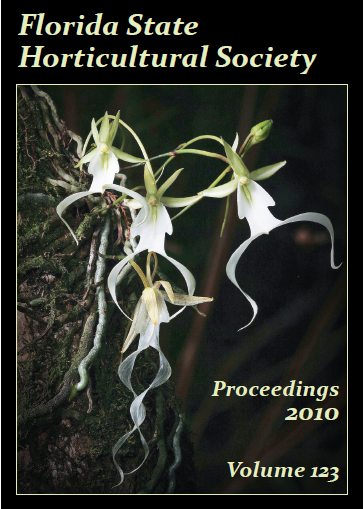Abstract
The venerable Folin-Ciocalteu (F-C) assay for total phenolics can have severe limitations due to interference by ascorbic acid (AsA). For common fruit juices AsA interference can substantially exceed the magnitude of the total phenolic signal. Ascorbate oxidase (AO) has been a promising approach to eliminating the AsA interference, but the oxidation product of AsA by AO is dehydroascorbic acid (DHA), which is an F-C reductant that gives an apparent signal implying a molar strength of 15% to 30% of the original AsA. Hydrogen peroxide (H2O2) was successfully used to degrade this residual DHA into products that are not F-C reductants. Using a model orange juice, the impact of this small amount of (~450 ppm) of H2O2 on the orange and non-orange phenolic measurements was examined. Chemical means were sought to quench the H2O2 oxidative activities shortly after it destroyed the DHA, or to otherwise prevent interaction with the phenolics present without altering the F-C signal. Some promising candidates were identified, but none protected the phenolics completely. The best that can be said is that conditions can be easily set so that the alteration in phenolics represents less than a 10% perturbation in the untreated model juice F-C signal. Although this is much better than the large errors originally seen from AsA (100% or more of a typical orange juice phenolic signal) or from the residual DHA (15% to 30% error), further work is needed to develop an approach to the point that it predictably causes no more than a 5% artifactual error.

